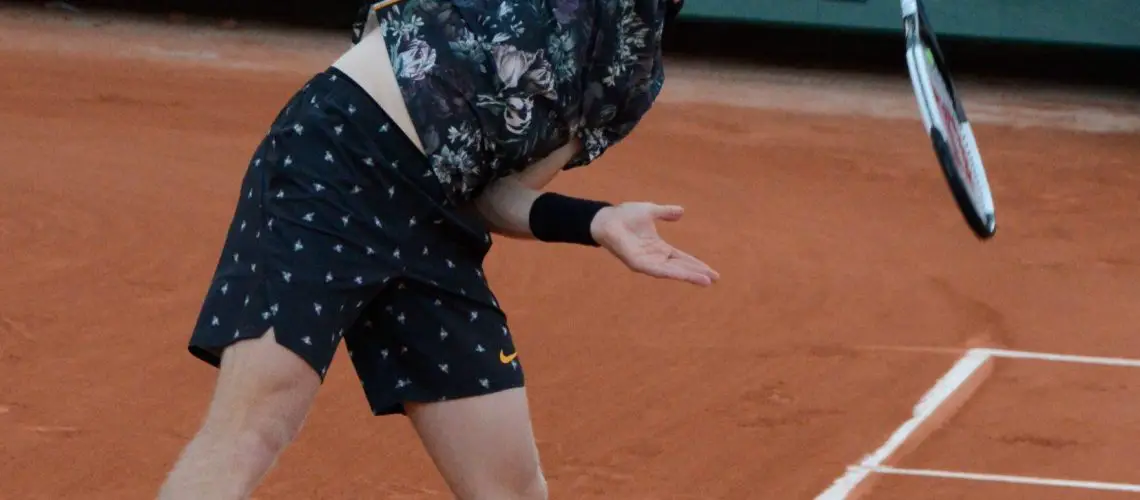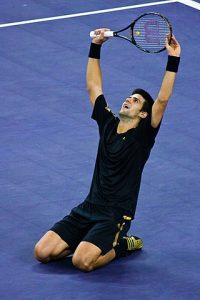We may earn money or products from the companies mentioned in this post.
The Importance of Footwork in Tennis
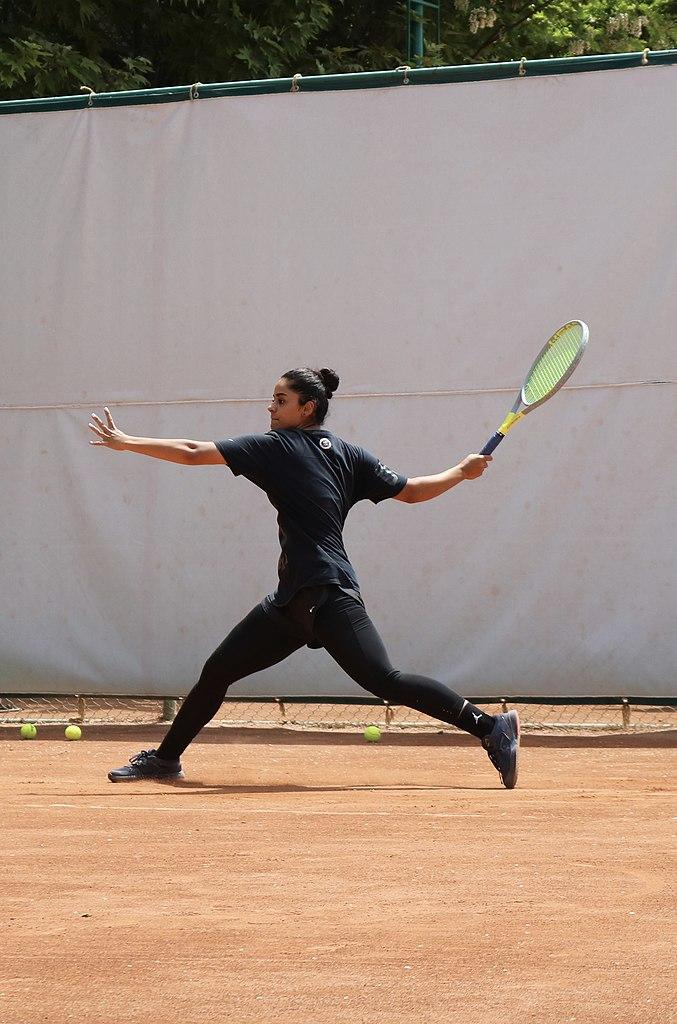
In the fast-paced game of tennis, footwork plays a crucial role in determining a player’s performance on the court While it may not always receive the attention it deserves, proper footwork can greatly enhance a player’s overall game and reduce the risk of injuries
Enhancing Overall Performance
Efficient footwork allows players to move quickly and effectively around the court, enabling them to reach balls that would otherwise be out of their reach By being in the right position at the right time, players can execute their shots with precision and power, gaining an advantage over their opponents
Reducing Injury Risk
Good footwork not only improves performance but also helps prevent injuries By maintaining proper balance and stability while moving on different surfaces, players can avoid putting excessive strain on their joints and muscles This reduces the likelihood of sprains or other painful injuries that could hinder their ability to play
Common Misconceptions about Footwork
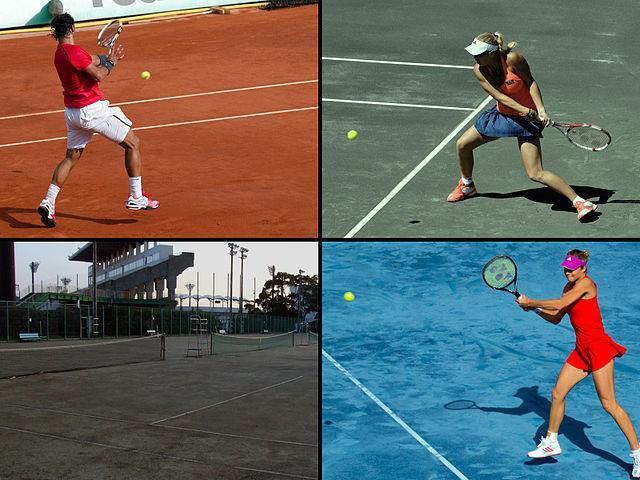
Only Focusing on Speed and Agility
A common misconception is that footwork in tennis is solely about speed and agility While these attributes are important, they are just one piece of the puzzle Technique and balance are equally vital components that contribute to effective footwork Without proper technique, even the fastest player may struggle to control their movements or maintain stability during rallies
Neglecting Technique and Balance
Another misconception is neglecting technique and balance in favor of focusing solely on speed or agility training It’s essential for players to develop good foot placement, weight transfer, and body positioning techniques to optimize their movement on the court Improving balance allows players to react quickly while maintaining control over their shots
By understanding the true importance of footwork in tennis and dispelling these misconceptions, players can work towards improving their overall performance and reducing the risk of injuries Developing a well-rounded approach that incorporates speed, agility, technique, and balance will lead to more effective and efficient movement on the court
Basic Footwork Techniques

Split Step
The split step is an essential footwork technique in many sports, including tennis and basketball It involves a quick, explosive jump into the air, with the feet landing slightly wider than shoulder-width apart The purpose of the split step is to anticipate your opponent’s movement and react swiftly to changes in direction
To execute the split step effectively, timing is crucial As your opponent prepares to hit the ball or make a move, you should initiate your split step This allows you to quickly change directions and maintain balance during intense rallies or defensive plays
Side Shuffle
The side shuffle is a footwork technique that offers advantages over simply running from one point to another on the court or field By using side shuffling instead of running forward or backward, you can maintain better control, stability, and readiness for quick lateral movements
To perform a proper side shuffle, start by assuming an athletic stance with knees slightly bent and weight evenly distributed between both feet Maintain a low center of gravity throughout the movement while keeping your head up and eyes focused on the target Push off with one foot as you slide laterally in small steps, maintaining constant contact with the ground for maximum efficiency
Crossover Step
The crossover step is particularly useful when you need to cover more ground quickly during lateral movements or change directions rapidly It involves stepping one foot over the other while moving in the desired direction
You should use crossover steps when your opponent hits wide shots that require you to reach further outside your regular range of motion or when defending against players who frequently change directions themselves
Maintaining balance during execution is vital for effective crossover steps Keep your core engaged and focus on shifting your weight smoothly from one foot to the other without losing stability or control
III: Drills for Improving Footwork Skills
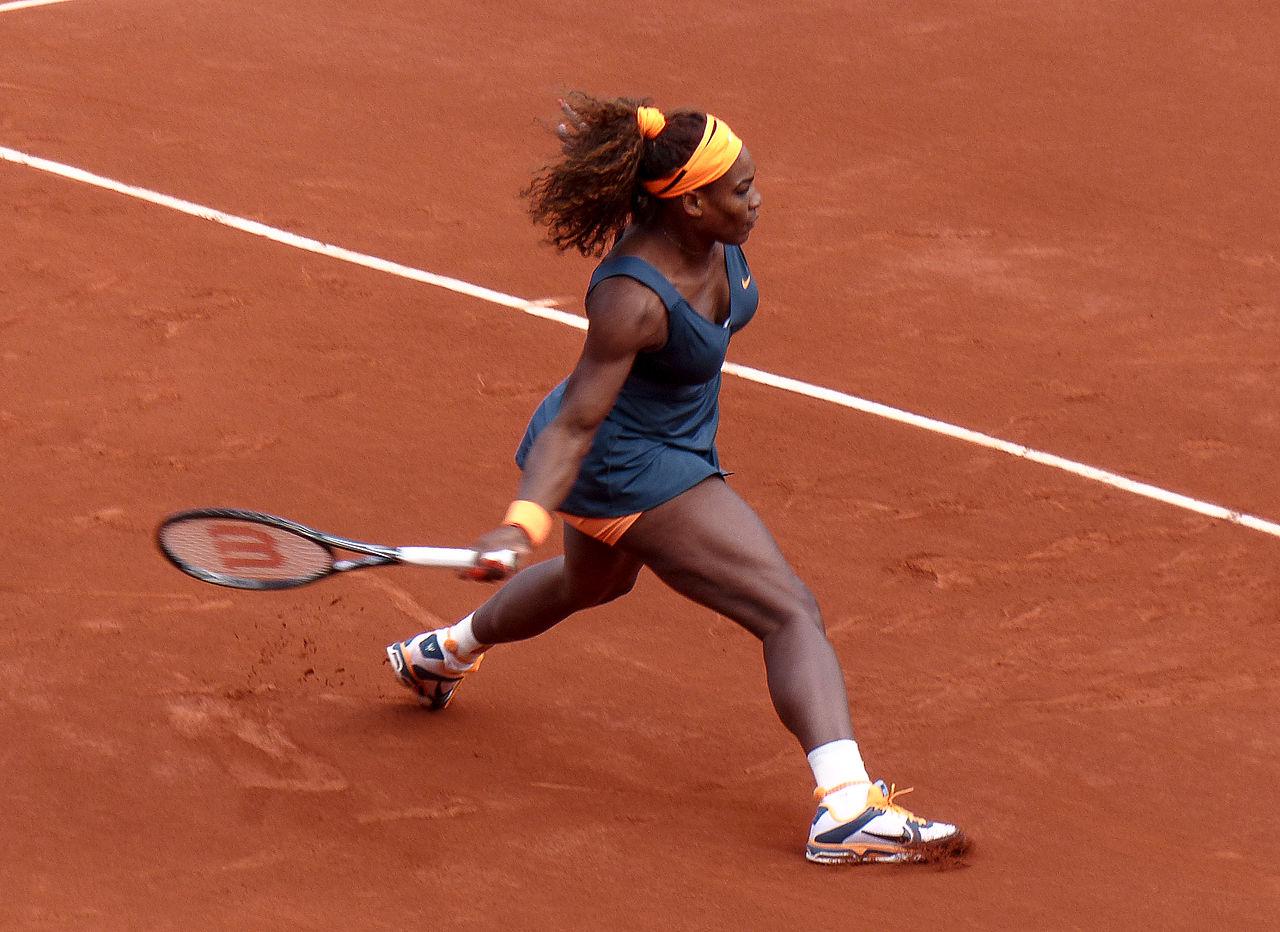
A: Ladder Drills to Increase Agility
Ladder drills are excellent for improving footwork agility and coordination Here are three ladder drills that can help:
- Lateral in-and-out: Start at one end of the ladder and step laterally with both feet into each square, then step out again Repeat this pattern as quickly as possible
- Ickey shuffle: Begin at one end of the ladder and alternate stepping outside and inside each square with one foot, simulating a zigzag motion Increase speed while maintaining proper form
- Two-footed forward jumps: Stand facing the ladder and jump forward, landing with both feet in each square simultaneously Continue jumping through the entire length of the ladder
B: Cone Drills to Improve Directional Changes
Cone drills are ideal for enhancing your ability to change directions quickly Here are three cone drills you can incorporate into your training:
- Zigzag cone drill: Set up a series of cones in a zigzag pattern Sprint from one cone to another while weaving in and out of the cones as fast as possible without knocking them over
- T-drill: Arrange four cones in a T-shape formation, with one cone at the top and three cones forming a line horizontally below it Start at the top cone, sprint down to touch the middle cone, move laterally to touch either side cone, then sprint back to finish at the starting point
- Figure eight drill: Position two cones about ten yards apart Run in a figure eight pattern around the cones, focusing on smooth turns and maintaining speed
C: On-court Practice Scenarios with a Partner or Coach
To simulate real-game situations and improve your footwork under pressure, practice specific scenarios with a partner or coach Examples include:
- Volley-to-groundstroke transitions: Start at the net and practice moving back quickly to hit groundstrokes as your partner feeds you volleys
- Baseline rallies with sudden net approaches: Rally from the baseline with your partner, but occasionally approach the net quickly when an opportunity arises to practice explosive footwork for effective net play
IV: Tips for Consistent Improvement & Maintenance of Footwork Skills

A: Incorporating Strength Training for Lower Body Muscles
In addition to specific footwork drills, it’s crucial to strengthen your lower body muscles Exercises like squats, lunges, and calf raises can enhance stability and power in your legs, improving overall footwork performance
B: Developing Endurance through Conditioning Exercises
Footwork requires stamina, so incorporating conditioning exercises into your training routine is vital Sprints, jump rope sessions, interval training, and other cardio activities will help build endurance and increase your ability to maintain quick movements throughout games or matches
C: Monitoring Progress and Adjusting Drill Intensity as Needed
To ensure consistent improvement in footwork skills, establish specific goals related to agility and speed Regularly assess your progress towards these goals and adjust the intensity level of drills accordingly This way, you can continually challenge yourself while avoiding plateaus in skill development
D: Emphasizing Mental Focus during Footwork Practice Sessions
Footwork is not just physical; it also requires mental focus and body awareness Incorporate visualization techniques to imagine proper movement patterns on the court, enhancing muscle memory Additionally, practice mindfulness exercises to increase your ability to be present and aware of your body’s movements during games or matches
Useful Links

Move Like Federer: A Guide on How to Improve Your …
The Basics of Tennis Footwork: Less (Steps) is More (Time)
FOOTWORK DRILLS: A VISUAL GUIDE FOR TENNIS …
Tennis Drills That Can Improve Your Game. Nike.com
Improving tennis footwork
Tennis Footwork Drills – Facebook
Feet Of Strength: Forehands and finesse are important in …
How to Improve Padel Footwork and Agility
Tennis Footwork
[Blog] The Importance of Footwork in Tennis
How Good Footwork Can Transform Your Tennis Game
An Analysis of the Ways to Improve Footwork Movement …
6 Types of Footwork Drills
Exercise of the Week 10 – Fast Feet – Dot Drill
Tips to Improve Your Tennis Footwork
Agility, Speed Training Drills For Senior Tennis Players
How to improve footwork in tennis, 3 crucial moves to practice
3 Drills to Instantly Improve Tennis Footwork

